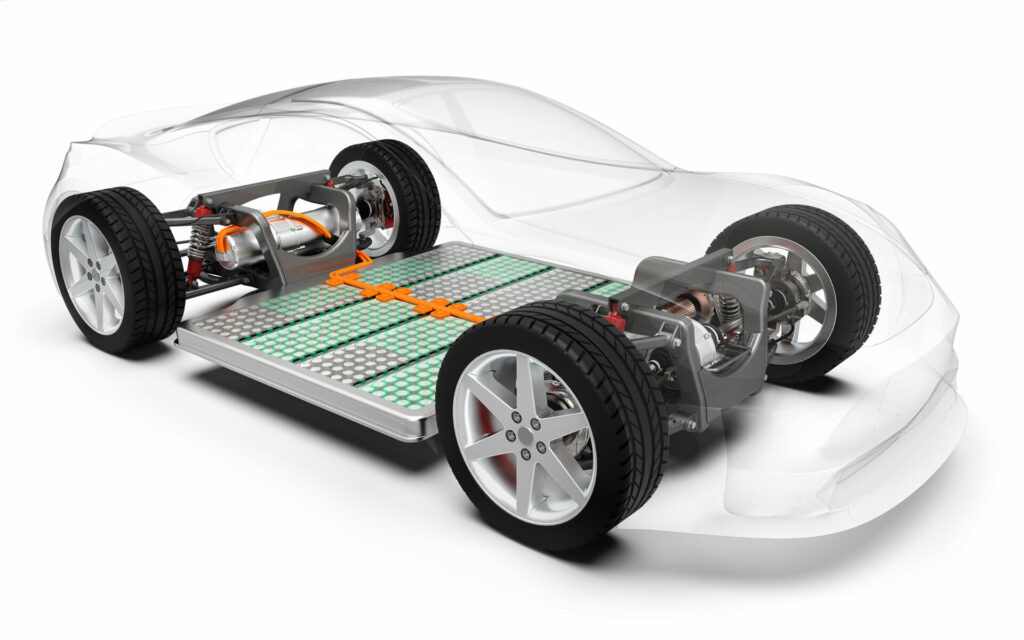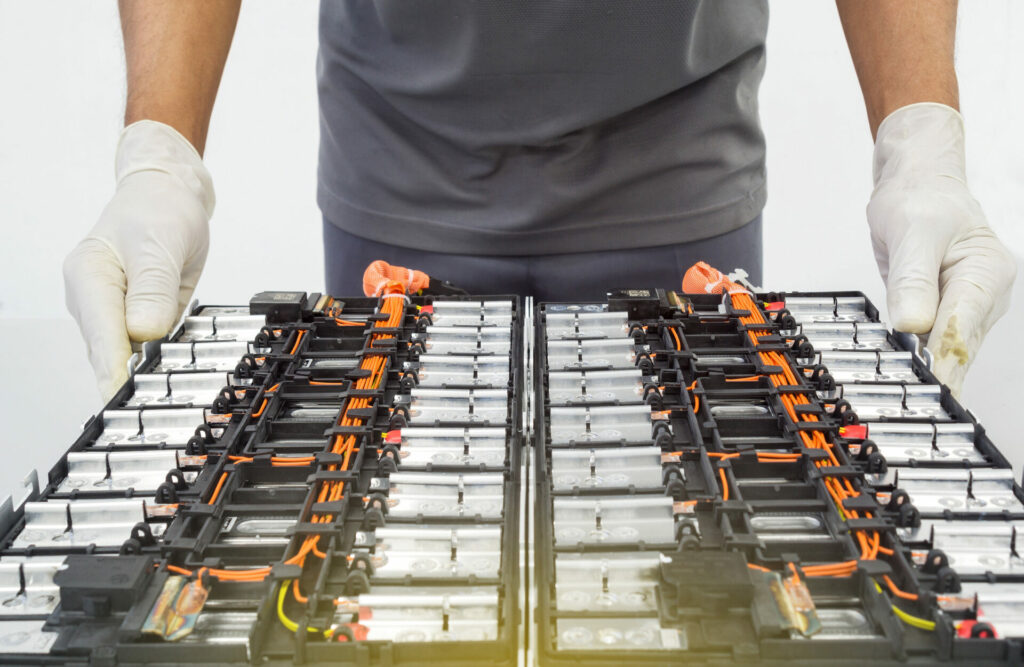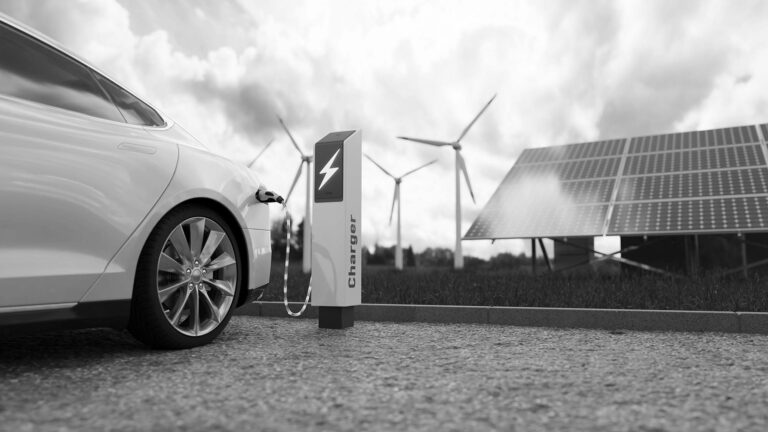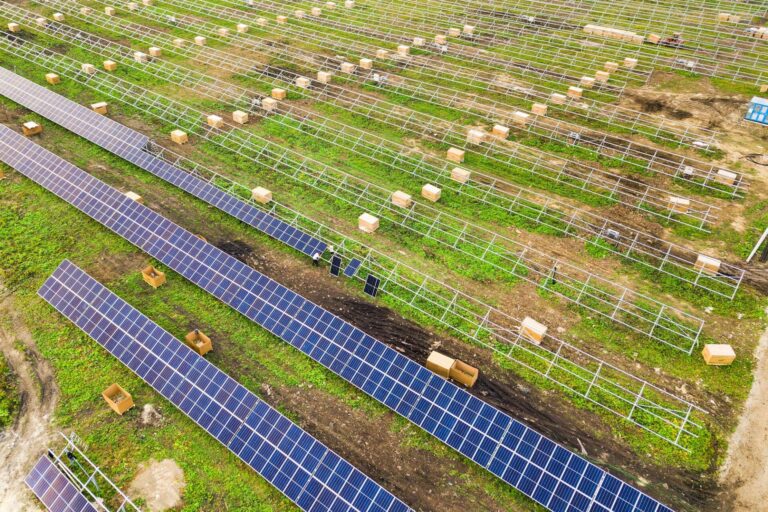As industry ebbs and flows, change is a constant and by its very nature, innovation will drive sectors forward. As these areas grow, the landscape will continuously alter. From the development of new materials to the need for more sustainable practices, no commercial environment can stay the same. If we look at these industries, we are always told the same thing. Change is positive. While the headlines might seem clear cut, the reality is somewhat more nuanced. For example, do industries welcome this change, or are some battled to retain the status-quo? What happens when there is a resistance to change? Furthermore, a critical look at any industry would show that occasionally, change can take place too quickly. Infrastructure and processes, policies and laws, these things take considerable time and have been developed through intensive dialogue with stakeholders. When rapid change takes place, can society be left behind in some regards? If so, how do we respond? More importantly, how can we remove the emotion from these changes to make lasting decisions that benefits workers, companies, and individuals alike? While the question is ongoing and with no clear answer in sight, we look to those on the ground.
One area that has often faced such challenges is the automotive industry. For generations, the sector has grappled against change in a way that few others have experienced. From developments in both appearance and speed to significantly more advanced capabilities, the automobile has seen it all. Crank-up engines to smart vehicles, the history is long and storied. At every step, however, these changes have been faced with opposition. Even now, as the vehicle steps into a more environmentally friendly chapter, challenges remain. It is within this context that we look at the Electric Vehicle. With an ever growing need to transition from fossil fuels, it is an important step in human development. The emerging market is baked by science and societal demand. However, the EV has not been welcomed with open arms and detracting voices can be found across the industry. In fact, a recent bill put forward by Republican lawmakers in Wyoming wants to end EV sales by 2035. According to the bill, “The proliferation of electric vehicles at the expense of gas-powered vehicles will have deleterious impacts on Wyoming’s communities and will be detrimental to Wyoming’s economy and the ability for the country to efficiently engage in commerce.” While this may come from the extreme end of EV opposition, it is clear that the road ahead is far from smooth.

Despite this, however, the EV market is continuing to show its potential. Figures show that sales of both fully electric and plug-in hybrid vehicles are growing exponentially every year. For example, in 2021, 6.6 million cars were sold worldwide with more EVs being bought each week than there were in the whole of 2012. Evidently, the sector is growing. However, the question that remains is a simple one, are we ready for a full transition and if not, what problems do we face? One interesting aspect of this market that has yet to be resolved is what happens to EV batteries once it reaches the end of its lifecycle? More importantly, can they be put to good use? While the answer to this question is not yet definitive, it is showing promise.
Connected Energy is a UK based company seeking to become a world leader in battery energy storage. While many energy companies around the world offer similar services, Connected Energy is different. By using the ‘dead’ batteries from EVs, Connected Energy has created what it calls a second life. The rationale for this technology is both urgent and fascinating. The battery used in an Electric Vehicle is only capable of providing the level of performance needed for about a decade. After this, the battery will need to be replaced. The battery itself, however, is far from finished. In fact, despite being ‘dead’ in terms of an EV, these batteries still retain around 80% of their original capacity which makes them incredibly useful. According to Matthew Lumsden, chairman of Connected Energy, the need to find alternative uses for EV batteries is vital. “As the batteries degrade, they lose their usefulness for vehicles. But batteries can be used for so many other things, and to not do so results in waste and more mining of natural resources.” In a complex procedure, the power is extracted from these batteries and remarkably, is then returned to the local grid. “By extracting the value from the finite resources already embedded in them, we double their working lives. We are driven by helping to solve the challenges of the energy trilemma by disrupting the throwaway economy. Bringing huge environmental benefits to our partners and our customers.”
“Despite being ‘dead’ in terms of an EV, these batteries still retain around 80% of their original capacity which makes them incredibly useful.”
One impressive example of how this ‘second life’ can have real-world benefits is in the project that Connected Energy has rolled out in collaboration with the city of Nottingham, UK. By using the energy collected and stored from dead EV batteries, coupled with two-way chargers and solar panels, energy is being returned to the local grid on a daily basis. This ‘vehicle to grid’ system assists the local energy grid at peak times throughout the day, ensuring that residents have sustainable and reliable energy supplies. According to Nottingham City Council’s Technical Lead, Steve Cornes, the project has a number of benefits. “We are trying to create a virtual power station. The solar power and battery storage will help us operate independently and outside of peak times, making our system more resilient and reducing stress on the national grid. We could even make a profit.”

The Vehicle to Grid system may be a relatively new one, but it is gathering momentum. While Nottingham is an example of its benefits, the city is not alone in moving forward with this innovative and essential technology. In the U.S., Fermata Energy has partnered with Nissan to produce the first ever bi-directional charger for the Nissan Leaf in the States. The company’s FE-15 charger recently met all requirements from Nissan and is UL 9741 certified which means that it is V2G compliant. While the Nissan Leaf may be currently the only EV in the US with this capability, this may soon change. By utilizing Fermata’s FE-15 charger, Leaf owners may soon have the ability to return energy to the grid and also, potentially, sell electricity back to their utility. The FE-15 also continuously monitors a building’s electrical loads, drawing on the EV’s energy to provide power to the house at peak times and during periods of high energy usage.
As we have seen countless times before, change can take place too quickly for society. In the case of Electric Vehicles, the secondary industries that support and consolidate this new technology need to get moving. If EVs are to succeed, infrastructure needs to catch up. In the midst of an infrastructure crisis when energy grids are fragile and overworked, this innovative measure could be the key to addressing the latest challenge facing the automotive industry. As society grappled with the EV questions, it seems that some of the answers might be already here. For Jessica Dunn, Senior Analyst at the Union of Concerned Scientists, it can’t come quickly enough. “Over the next decade we are going to see this gigantic wave. Companies are recognizing this is a necessary industry. They need to ramp up infrastructure for recycling and reuse.”


















